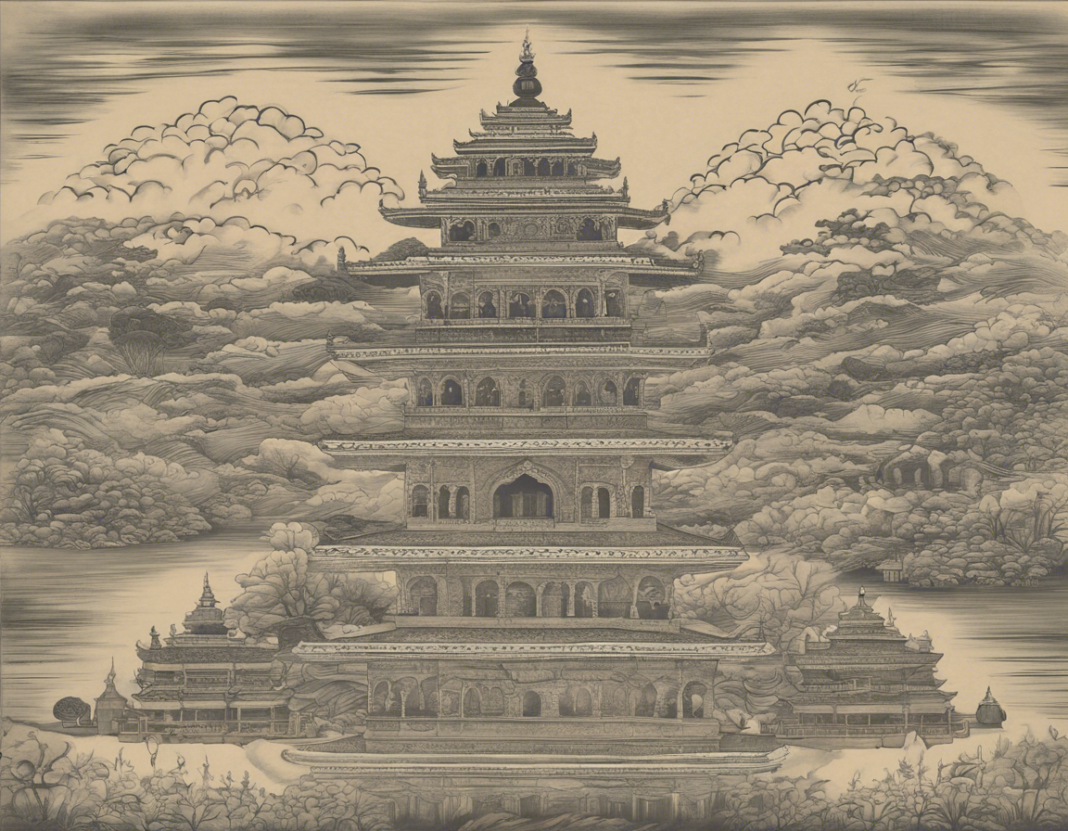Introduction
Indian dance forms, known for their grace, expressiveness, and cultural richness, have captivated audiences for centuries. Among these forms, Nritya stands out as a mesmerizing and intricate style that combines rhythmic footwork, hand gestures, facial expressions, and emotive storytelling. In this article, we will delve into the world of Nritya, exploring its history, key features, popular styles, and significance in Indian culture.
History of Nritya
Nritya, derived from the Sanskrit word “Nrityam,” has its roots deeply embedded in ancient Indian scriptures and traditions. The earliest mention of dance in Indian literature can be found in the Natya Shastra, a treatise on performing arts attributed to the sage Bharata Muni. This ancient text not only delineates the various elements of dance but also classifies it into different forms, with Nritya representing the expressive aspect that conveys emotions and narratives.
Over the centuries, Nritya has evolved and diversified, with different regions of India developing their unique styles and techniques. From the intricate mudras (hand gestures) of Bharatanatyam to the vigorous footwork of Kathak, each style of Nritya carries its distinctive charm and cultural significance.
Key Features of Nritya
Nritya is characterized by a harmonious blend of taal (rhythm), bhava (emotion), and abhinaya (expression). Dancers use their entire body as a canvas to convey stories from mythology, folklore, or everyday life. The following are some key features that distinguish Nritya from other dance forms:
1. Mudras and Abhinaya: Nritya places a strong emphasis on using hand gestures (mudras) to communicate emotions, themes, and narrative elements. The art of abhinaya, or expression, allows dancers to portray a wide range of feelings, from love and devotion to anger and valor.
2. Precision and Grace: Nritya demands a high level of precision in footwork, body movements, and facial expressions. Dancers must exhibit grace, agility, and control while maintaining synchronization with the musical accompaniment.
3. Narrative Storytelling: Unlike abstract dance forms, Nritya often tells a story or conveys a specific message through movement and expression. Dancers may enact episodes from epics like the Ramayana and Mahabharata or depict themes such as love, devotion, and spirituality.
Popular Styles of Nritya
India boasts a rich tapestry of regional dance styles, each with its own aesthetic, repertoire, and cultural context. Some of the most renowned styles of Nritya include:
1. Bharatanatyam: Originating in Tamil Nadu, Bharatanatyam is characterized by geometric patterns, intricate footwork, and expressive storytelling. It is often performed to Carnatic music and devotional themes.
2. Odissi: Hailing from the state of Odisha, Odissi is known for its fluid movements, graceful poses, and mythological narratives. Dancers in Odissi attire often depict episodes from the life of Lord Jagannath and stories from the Mahabharata.
3. Kathak: Kathak, with its origins in North India, combines intricate footwork (tatkar), spinning movements (chakkars), and storytelling through mime and expression. It blends elements of Hindu and Mughal cultural traditions.
Significance of Nritya in Indian Culture
Nritya holds a special place in Indian culture, serving as a means of artistic expression, spiritual devotion, and cultural preservation. It is not merely a form of entertainment but a profound sadhana (practice) that requires dedication, discipline, and reverence for tradition. Some key aspects highlighting the significance of Nritya in Indian culture include:
1. Spiritual Connection: Many classical dance forms in India have roots in religious rituals and temple traditions. Dancers often invoke divine blessings before performances and consider dance as a form of worship and offering to the gods.
2. Cultural Heritage: Nritya plays a crucial role in preserving and promoting India’s rich cultural heritage. Through performances, workshops, and educational initiatives, dancers strive to pass on their knowledge and skills to future generations.
3. Global Outreach: In recent years, Indian dance forms, including Nritya, have gained international acclaim and popularity. Renowned dancers and dance troupes travel across the globe, showcasing the beauty and diversity of Indian dance traditions.
FAQs (Frequently Asked Questions)
1. What is the difference between Nritya and Nritta?
Nritya focuses on expressive aspects such as storytelling, emotions, and themes, while Nritta emphasizes pure dance movements and rhythm without any specific narrative or emotions.
2. Can anyone learn Nritya, regardless of age or background?
Yes, Nritya is a form of art that welcomes enthusiasts of all ages and backgrounds. Many institutions and dance schools offer classes for beginners as well as advanced students.
3. How long does it take to become proficient in Nritya?
The time it takes to become proficient in Nritya varies depending on individual dedication, practice hours, and prior experience in dance. Generally, it may take several years of rigorous training to master the techniques and nuances of a particular style.
4. Is live music an essential component of Nritya performances?
While live music adds depth and vibrancy to Nritya performances, recorded music can also accompany dance recitals. Many dancers perform to recorded tracks during practice sessions or in venues where live musicians may not be available.
5. Are there any festivals or events dedicated to Nritya in India?
India hosts a multitude of dance festivals and events throughout the year that showcase various classical and contemporary dance forms, including Nritya. Some renowned festivals include the Khajuraho Dance Festival, Natya Ballet Dance Festival, and Konark Dance Festival.
Conclusion
Nritya, with its profound artistic expression, cultural diversity, and spiritual resonance, continues to enchant audiences worldwide. This ancient dance form embodies the essence of Indian traditions, values, and mythology, serving as a vibrant tapestry of emotions, stories, and beauty. As dancers and enthusiasts immerse themselves in the world of Nritya, they not only celebrate the legacy of the past but also pave the way for its evolution and continuation in the future.


